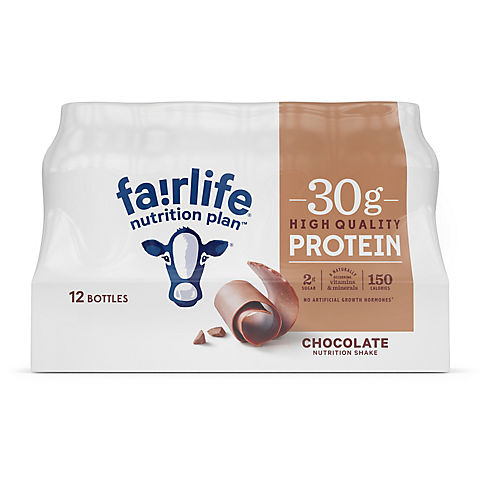Fairlife Nutrition Plan High Protein Chocolate Shake, 12 pk.
The Fairlife Nutrition Plan High Protein Chocolate Shake is created to help you achieve your health goals. With 30g of high-quality protein, eight naturally occurring vitamins, minerals and just 2g of sugar, this chocolate flavored shake is a satisfying way to replace a meal with the nutrition you need.
The Fairlife Nutrition Plan High Protein Chocolate Shake is created to help you achieve your health goals. With 30g of high-quality protein, eight naturally occurring vitamins, minerals and just 2g of sugar, this chocolate flavored shake is a satisfying way to replace a meal with the nutrition you need.
- Deliciously tasty snack
- 30g high-quality protein
- 2g sugar
- Only 13 ingredients
- 150 calories
- Fairlife is committed to animal care and sustainability
- Includes 12-pack of high protein chocolate shakes






Reviews
There are no reviews yet.